deramaxx for dogs
$144.00 – $1,000.00Price range: $144.00 through $1,000.00
Deramaxx for dogs: A dog owner’s personal experience with this vet-approved arthritis medication. Learn how it helped manage pain and improve their dog’s quality of life.
My Experience with Deramaxx for Dogs
As a dog owner, I know how heartbreaking it is to watch your pet struggle with pain. My Labrador, Max, started showing signs of arthritis when he was about seven years old. At first, it was just subtle stiffness in his joints after long walks, but over time, it got worse. Max began limping more frequently, had trouble getting up after lying down, and seemed to lose his usual enthusiasm. That’s when our vet recommended Deramaxx, a prescription pain relief and anti-inflammatory medication designed for dogs. After using it for several months, I want to share my personal experience with Deramaxx and how it helped Max get back to his energetic, tail-wagging self.
What is Deramaxx?
Deramaxx (deracoxib) is a nonsteroidal anti-inflammatory drug (NSAID) specifically formulated for dogs. It’s often prescribed for dogs with osteoarthritis or post-surgical pain, as it helps reduce inflammation and manage discomfort. Approved by the FDA, Deramaxx is a trusted medication for short- or long-term use under the guidance of a veterinarian.
Why Our Vet Chose Deramaxx
When Max’s symptoms worsened, I knew we had to take action. Our vet explained that while there are several NSAIDs available for dogs, Deramaxx stood out for a few reasons:
- Targeted Pain Relief: Deramaxx is great for managing chronic conditions like arthritis, where pain is consistent but varies in intensity.
- Well-Tolerated: Our vet emphasized that many dogs tolerate Deramaxx well, with minimal side effects when used as directed.
- Ease of Administration: The pill comes in chewable form, making it easier to give to dogs (Max loved the beef flavor).
My Experience: Seeing Max Improve
When we first started Max on Deramaxx, I was cautiously optimistic. I’ve tried supplements and various treatments for his arthritis, but I hadn’t found anything that made a noticeable difference. After a few days on Deramaxx, I began to see changes in Max’s mobility. Here’s a breakdown of how the treatment worked for us:
- First Week: Within just three days, I noticed Max was moving more comfortably. He got up without hesitation and wasn’t limping as much during our walks.
- Two Weeks In: Max started acting like his old self again—running around the yard, chasing after balls, and being more playful. He seemed more energetic and less restricted by pain.
- Long-Term Use: After three months of consistent use, Deramaxx continues to help Max stay active. He’s able to go on long walks, play with other dogs, and overall seems happier and more comfortable.
How to Administer Deramaxx
As a dog owner, giving medication to your pet can sometimes be a challenge, but Deramaxx made it easy for us. The chewable tablets are flavored, which Max loves, so he takes them like a treat. Here are a few tips for other pet parents:
- Follow Your Vet’s Dosage Instructions: Max was prescribed a low dose at first, and our vet adjusted it based on his needs. It’s important to never change the dose without consulting your vet.
- Give with Food: Although our vet mentioned Deramaxx can be given with or without food, I always gave it to Max after his meals to minimize any potential digestive issues.
- Stick to the Schedule: Keeping to a regular schedule helped ensure that Max always had relief from pain without gaps in treatment.
Vet’s Take on Deramaxx
After Max’s follow-up appointment, our vet confirmed that Deramaxx was working well for him. She was pleased with how well he tolerated the medication and reassured me that it’s one of the safer NSAIDs available for long-term use when monitored properly. That said, she stressed the importance of regular check-ups to ensure Max’s liver and kidney function remained healthy while on the medication.
Potential Side Effects to Watch Out For
Like any medication, Deramaxx can cause side effects in some dogs. While Max didn’t experience any issues, our vet gave us a list of symptoms to watch for:
- Gastrointestinal issues: Vomiting, diarrhea, or loss of appetite.
- Changes in behavior: Lethargy, restlessness, or signs of discomfort.
- Kidney or liver problems: Though rare, NSAIDs can sometimes affect kidney or liver function, which is why routine blood tests are important.
If you notice any of these signs, it’s crucial to contact your vet right away to ensure your dog is reacting well to the treatment.
Alternatives to Deramaxx
While Deramaxx worked wonders for Max, our vet did mention there are other NSAIDs like Rimadyl or Metacam that might be more appropriate for different dogs. Every dog’s situation is unique, so it’s important to consult with your vet to find the best solution for your pet’s pain management.
Final Thoughts: Would I Recommend Deramaxx?
Absolutely. As a dog owner, seeing your pet in pain is tough, but finding a treatment that truly works is a game-changer. Max has been on Deramaxx for several months now, and the difference in his mobility, mood, and overall quality of life is incredible. He’s happier, more active, and doesn’t seem restricted by his arthritis anymore.
Of course, it’s important to consult your vet before starting any new medication, but based on my experience—and with my vet’s approval—I’d highly recommend Deramaxx for dogs struggling with arthritis or pain. If your pup is slowing down or seems to be in discomfort, this might be the solution you’ve been looking for.
Always remember that every dog is different, so your vet will guide you through the process of determining if Deramaxx is right for your furry friend. For Max, it’s been a life-changing treatment, and I’m grateful to have my energetic companion back.
| MG | 12, 25, 75, 100 |
|---|---|
| PILLS | 90, 180, 270, 360 |
1 review for deramaxx for dogs
Add a review Cancel reply
Related products
Arthritis, Muscle & Joint
Dogs

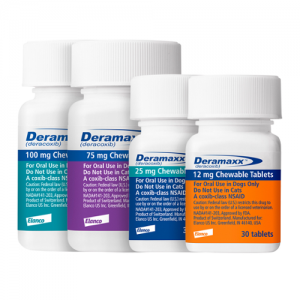
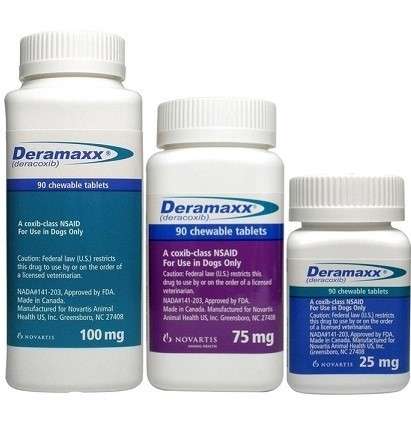
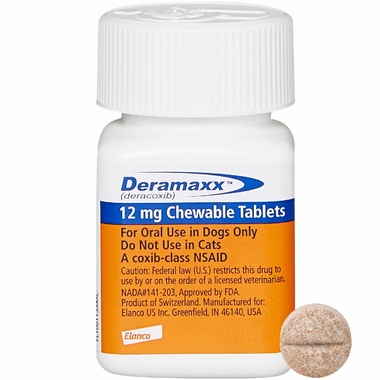

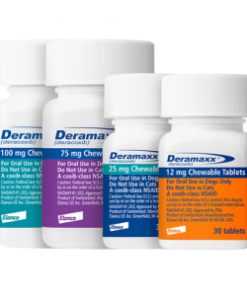
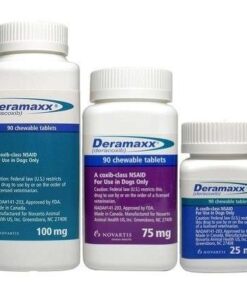
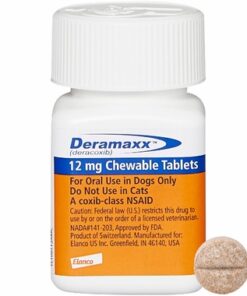








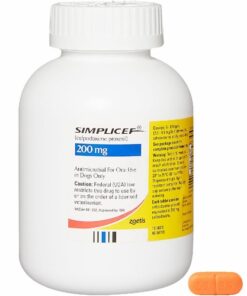




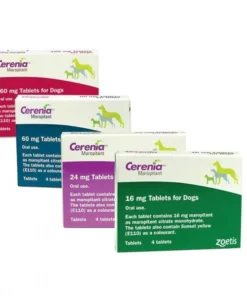
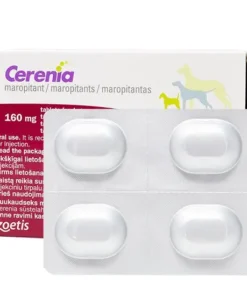
Tom Noakes –
Deramaxx has been a game changer for my senior dog’s arthritis. Within days of starting it, I noticed a huge improvement in her mobility. She’s more active, seems happier, and no longer struggles to get up after resting. It’s easy to give and has made such a difference in her quality of life. Highly recommend for any dog with joint pain